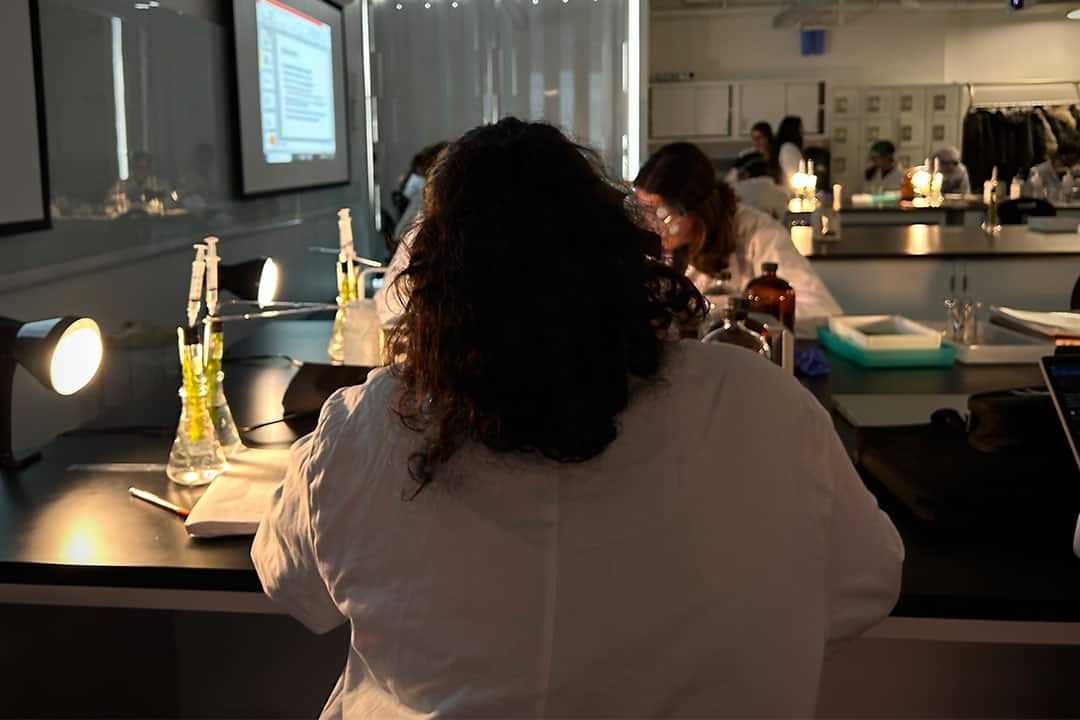After almost three years since the start of the COVID-19 pandemic, much has returned to normal. Infection rates have steadily fallen due to growing vaccination rates and greater public immunity against the virus. While the COVID-19 pandemic has affected all individuals regardless of age, sex, and class, an interesting statistic to note is the increased severity of COVID-19 among male patients in comparison to female patients.
A recent pre-clinical research study at U of T’s Emerging and Pandemic Infections Consortium, published in the journal iScience, has identified the ACE2 protein as a cause for increased SARS-CoV-2 infection rates in men. The ACE2 protein, also known as angiotensin-converting enzyme-2, is an enzyme that aids in controlling blood pressure and preventing excessive inflammation. ACE2 also acts as a receptor for the SARS-CoV-2 virus, providing an entry point into a cell for infection.
According to the study, the gene encoding the ACE2 protein is located on the X chromosome, which means that people with XX chromosomes have two copies of the gene while people with XY chromosomes only have one. When infected with SARS-CoV-2, male patients with XY chromosomes exhibit lower ACE2 protein levels while female patients with XX chromosomes display consistent protein levels even after infection, thus suggesting that the extra gene plays an important role in the severity of the virus.
Looking to test this, the researchers used a therapeutic approach to deliver ACE2 proteins into the lungs using an inhaler, which allowed them to observe the effect of having more of the protein without the extra copy of the gene that encodes it. They found that a daily puff of ACE2 was linked with lower amounts of virus in the lungs of male subjects.
As the virus seeks to enter the cells of female patients with XX chromosomes, the extra copy of the ACE2-encoding gene prevents it from entering the cells. For male patients with XY chromosomes, on the other hand, the limited ACE2 protein allows the virus to utilize it as an entrance into the cell. This also means there are insufficient enzymes required to prevent excess inflammation and counter the virus, thereby increasing the severity of the virus’s effect.
The researchers surveyed their findings through a lab experiment analyzing the lung microenvironment of male and female mice at the Toronto High Containment Facility. It was observed that, similarly to female humans, female mice also exhibited less severe SARS-CoV-2 infection rates, suggesting the presence of an extra ACE2 gene copy that helped maintain protein and inflammation levels.
In male mice, the researchers observed that introducing lab-made ACE2 enzymes to the lungs helped not only boost ACE2 levels but also boost estrogen signalling and protein levels. Thus male mice who were provided a daily dose of the lab-made ACE2 were more resistant to severe infection and had less chance of serious injury to their lungs. Moreover, while the decoy ACE2 acts as a receptor for the virus, the local ACE2 proteins remain free of the virus’ effects and continue to carry out their intended functions.
While the lab results have been quite promising, Haibo Zhang — a professor in the departments of anesthesiology and pain medicine, and physiology at U of T’s Temerty Faculty of Medicine, and one of the researchers on this study — is also optimistic about the human applications of his team’s findings. In an interview with U of T News, he said he envisions that this groundbreaking finding could be used to develop a safeguard against virus transmission, a way to administer non-native ACE2 proteins to people. In Zhang’s eyes, a commercial inhaler for ACE2 proteins could reduce the amount of high risk infections and aid individuals who are already severely infected.
This remarkable experiment also highlights how inhaling non-native ACE2 can be instrumental in helping prevent and treat SARS-CoV-2 infections. Zhang said to U of T News, “We anticipate that our research will motivate individuals to contemplate this faster and more efficacious strategy for both prevention and treatment of COVID-19 in humans.”



No comments to display.